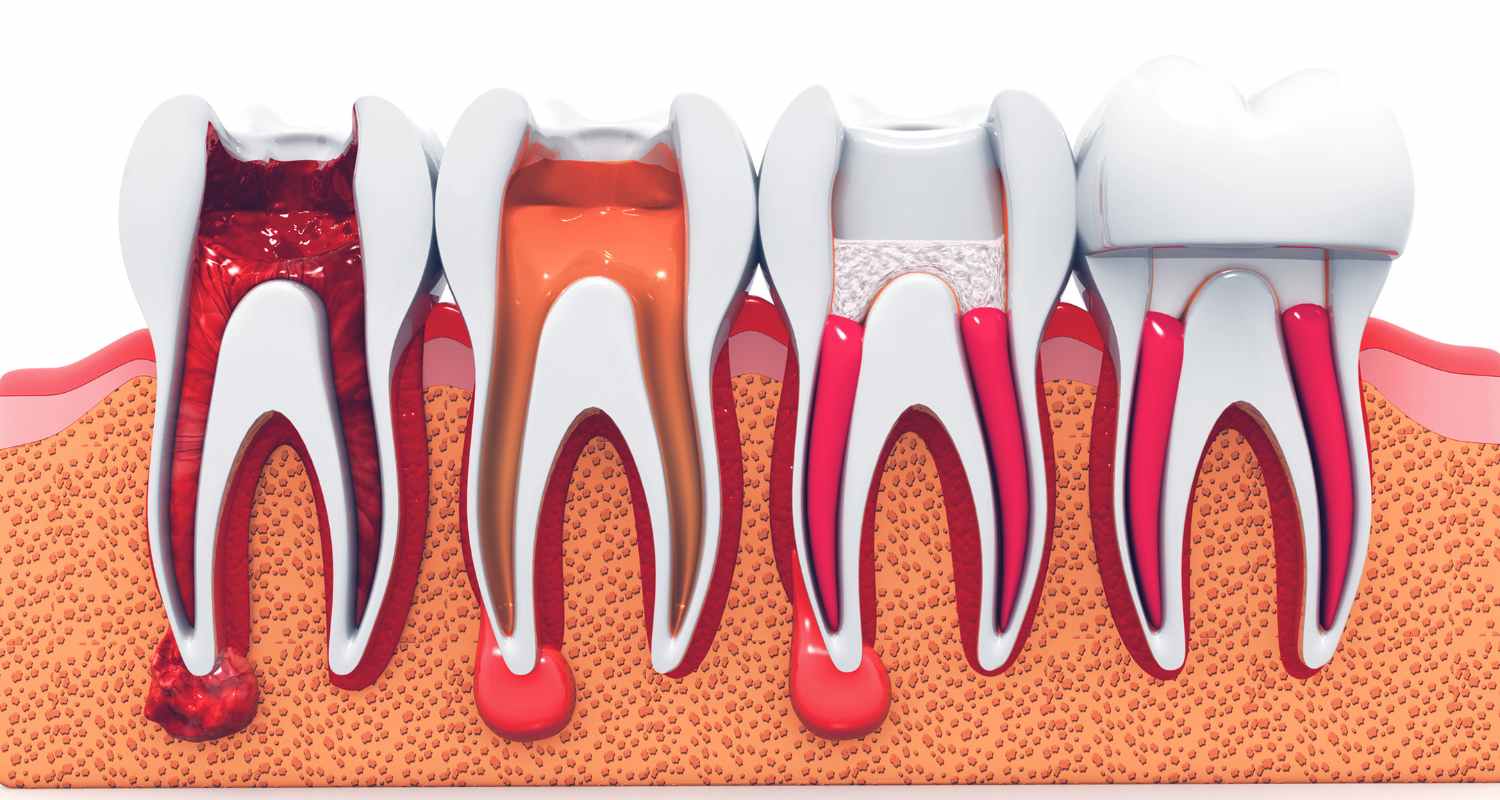The mere mention of a “root canal” can send shivers down the spine of even the bravest dental patient. But why does this procedure have such a fearsome reputation? Often, it’s due to outdated information and persistent myths. Let’s dive into the reality of root canals, separating fact from fiction, and explore what you can truly expect during and after this tooth-saving treatment.
Mythbusting Time: Root Canal Edition
Myth #1: Root Canals Are Excruciatingly Painful
This is perhaps the biggest myth surrounding root canals. Thanks to modern dentistry and effective anesthesia, root canals are no more painful than a regular filling. In fact, root canals are designed to relieve pain caused by an infected or damaged tooth. You might experience some discomfort before the procedure due to the infection, but the treatment itself should be manageable.
Myth #2: It’s Better to Just Pull the Tooth
While extraction might seem like a simpler solution, saving your natural tooth is almost always the better option. Tooth extraction can lead to:
- Shifting of surrounding teeth
- Bone loss in the jaw
- Difficulty chewing
- The need for more complex and costly procedures like implants or bridges
A root canal allows you to preserve your natural tooth structure and avoid these potential complications.
Myth #3: Root Canals Cause Illness
This myth stems from a long-debunked study from nearly a century ago. Modern science has completely disproven any link between root canals and systemic illness. Root canal treatment is a safe and effective way to eliminate infection and prevent it from spreading.
What to Expect During a Root Canal
1. Examination and Diagnosis:
Your dentist will begin by examining your tooth and taking X-rays to assess the extent of the damage. They will explain the procedure and answer any questions you may have.
2. Anesthesia:
Local anesthesia will be administered to numb the area around the affected tooth. You may feel a slight pinch or pressure, but you shouldn’t experience any pain during the procedure.
3. Isolation and Access:
A dental dam, a small sheet of rubber, will be placed around the tooth to isolate it and keep it clean and dry. An opening will then be created in the crown of the tooth to access the pulp chamber.
4. Pulp Removal and Cleaning:
Tiny instruments will be used to remove the infected or damaged pulp from the canals within the tooth’s root. The canals are then thoroughly cleaned and disinfected.
5. Filling and Sealing:
The cleaned canals are filled with a biocompatible material called gutta-percha. The access opening is then sealed with a temporary filling to prevent bacteria from re-entering.
6. Restoration:
In most cases, you’ll need a dental crown to protect and restore the treated tooth. Your dentist will discuss the best options for your specific situation.
Aftercare: Ensuring a Smooth Recovery
While root canal recovery is typically straightforward, here are some tips for optimal healing:
- Manage Discomfort: Over-the-counter pain medication like ibuprofen or acetaminophen can help manage any post-procedure soreness.
- Avoid Chewing on the Treated Tooth: Stick to soft foods for a few days until the temporary filling is replaced with a permanent restoration.
- Maintain Good Oral Hygiene: Continue brushing and flossing regularly, being gentle around the treated area.
- Attend Follow-Up Appointments: Keep your scheduled follow-up appointments to ensure proper healing and to have your permanent restoration placed.
When to Seek Immediate Attention:
While rare, complications can occur. Contact your dentist immediately if you experience:
- Severe pain or swelling that doesn’t improve with medication
- A high fever
- A bad taste or odor in your mouth
- Signs of an allergic reaction to medication
Root Canals: A Positive Outcome
Root canal treatment has a high success rate and can save a tooth that might otherwise be lost. By understanding the procedure and dispelling common myths, you can approach your root canal with confidence and peace of mind. Remember, your dentist is your partner in oral health. Don’t hesitate to ask questions and express any concerns you may have. With proper care and attention, you can enjoy a healthy, pain-free smile for years to come!Sources and related content
If you have any questions or concerns, please contact us. Or if you’d like to visit our dental clinic, please find us on Google Maps.


